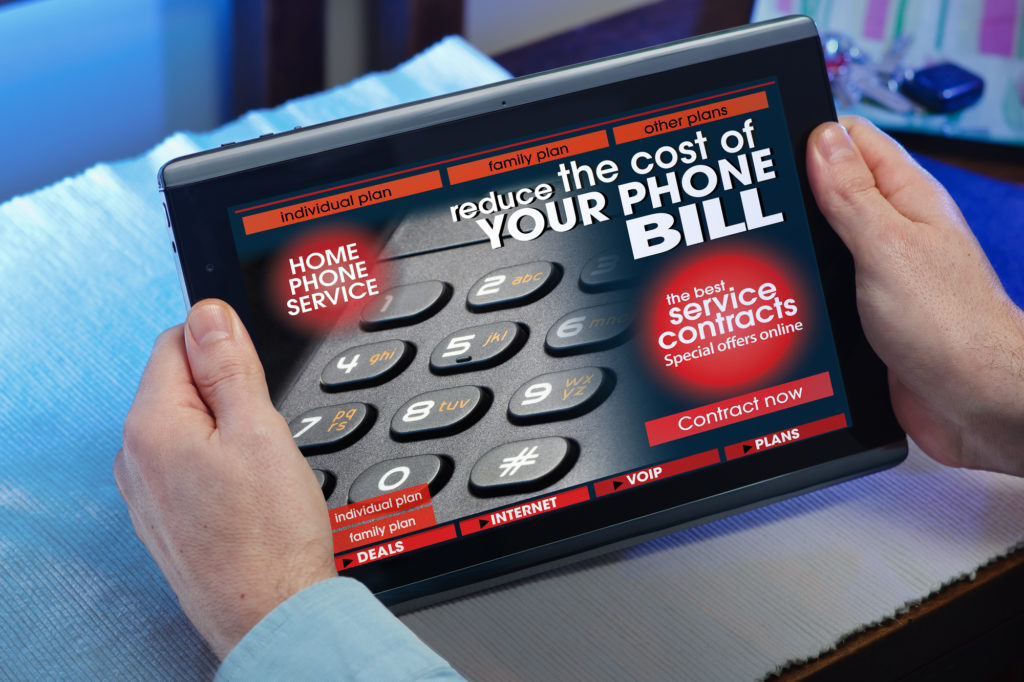(217) 689-1195
NETWORK CABLING BUSINESS PHONE SYSTEMS CHAMPAIGN

Considerations:
- Data Transfer Rates: While Cat 5e is suitable for basic applications, Cat 6 and Cat 6A offer higher data transfer rates, making them preferable for more data-intensive tasks and larger networks.
- Distance and Interference: Cat 6 and Cat 6A cables are designed to support higher speeds over longer distances and offer better resistance to interference compared to Cat 5e.
- Cost: Cat 5e is generally more cost-effective, making it a practical choice for smaller setups. Cat 6 and Cat 6A cables, with their enhanced performance, come at a higher cost.
Choosing between Cat 5e, Cat 6, and Cat 6A depends on the specific requirements of your network. For basic home or small business use, Cat 5e may suffice, while larger enterprises or those with high-performance demands may opt for Cat 6 or Cat 6A for enhanced speed and reliability. It’s essential to assess current needs and consider future scalability when deciding on the appropriate cable category for your networking infrastructure.
Network Cabling, Install, Repair, & Maintenance, Service Champaign
Committed to surpassing client expectations, Champaign Business Phone Systems provides customized solutions perfectly aligned with the unique needs of your business. Emphasizing the implementation of stringent safety protocols during installations, we assure a secure and smooth setup for your communication systems. Our adept project management encourages close collaboration, utilizing our expertise to deliver high-quality communication systems that propel your business towards unprecedented success. Reach out to us today to embark on a transformative journey towards advanced communication solutions meticulously designed to elevate your business to new heights of excellence.
Cat 5e vs. Cat 6 vs. Cat 6A - which one do I need?
In the realm of networking, the choice between Cat 5e, Cat 6, and Cat 6A cables plays a pivotal role in determining the performance and reliability of a network infrastructure.
Cat 5e (Category 5e): Cat 5e cables are the entry-level standard widely used for Ethernet networks. They offer a maximum data transfer rate of 1,000 Mbps or 1 Gigabit per second, making them suitable for most small to medium-sized businesses and home networks. Cat 5e cables are cost-effective and sufficient for basic internet usage, file sharing, and video streaming.
Cat 6 (Category 6): Cat 6 cables represent an advancement over Cat 5e, providing higher data transfer rates and improved performance. With a maximum data transfer rate of 10,000 Mbps or 10 Gigabits per second, Cat 6 cables are ideal for larger organizations and networks that demand increased bandwidth. They also feature tighter twists and better insulation, reducing crosstalk and interference.
Cat 6A (Category 6A): Cat 6A cables, or Augmented Category 6, take performance to the next level. With a maximum data transfer rate of 10,000 Mbps, Cat 6A cables can support 10 Gigabit Ethernet over longer distances compared to Cat 6. They also have improved shielding, reducing electromagnetic interference and providing better overall performance. Cat 6A is often chosen for high-performance applications and future-proofing network infrastructure.